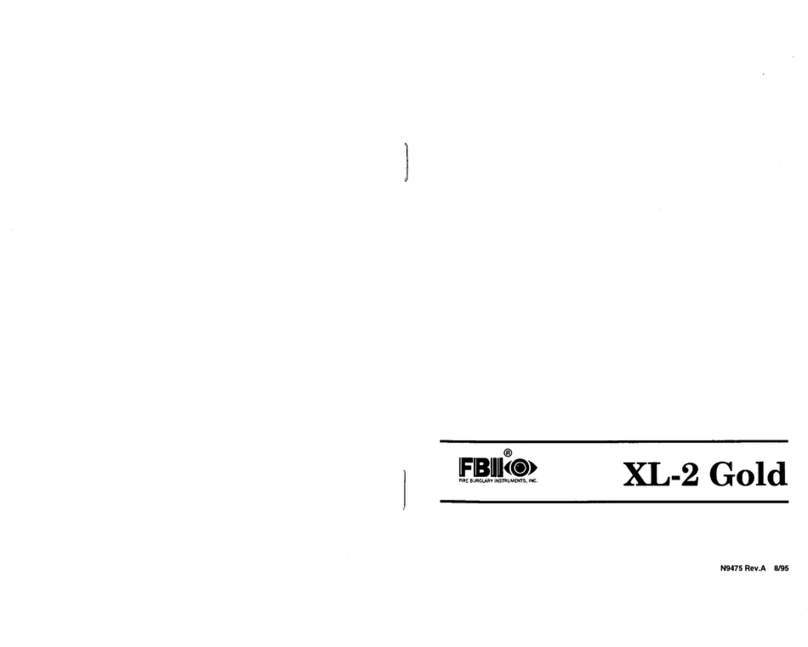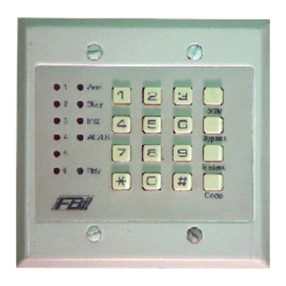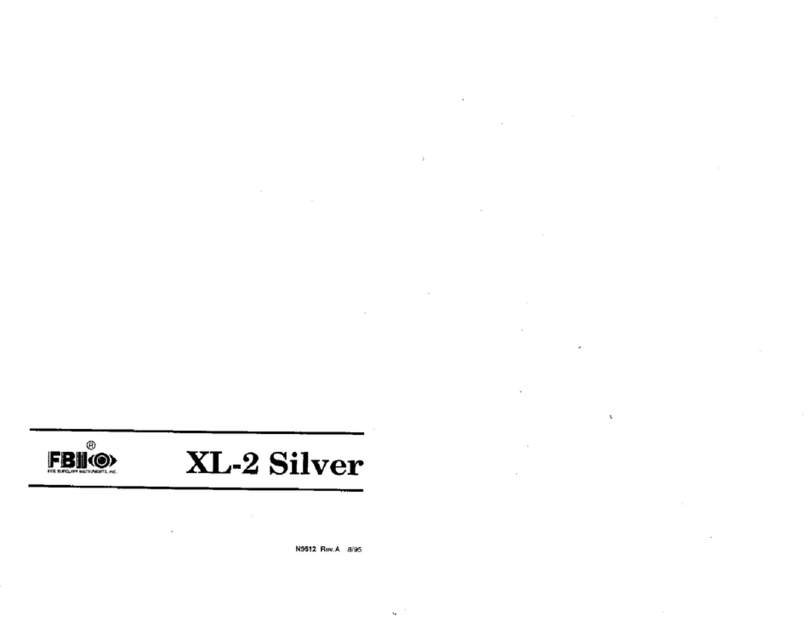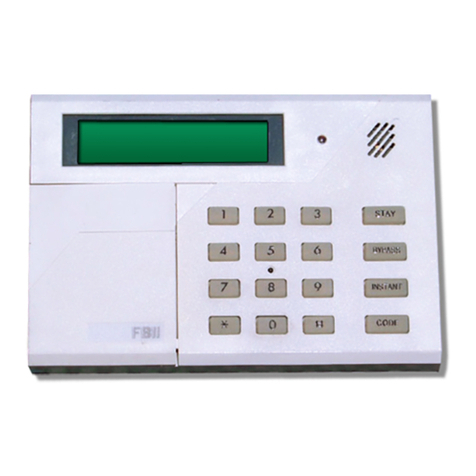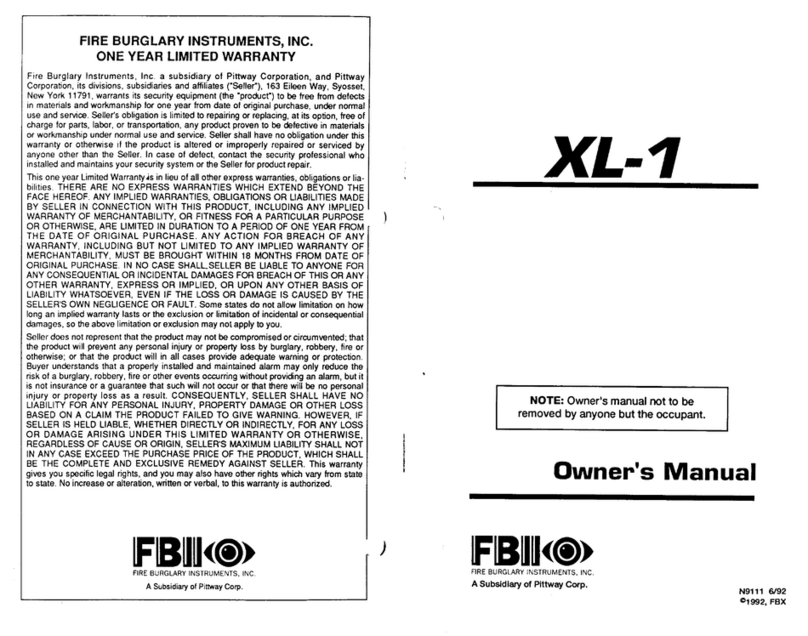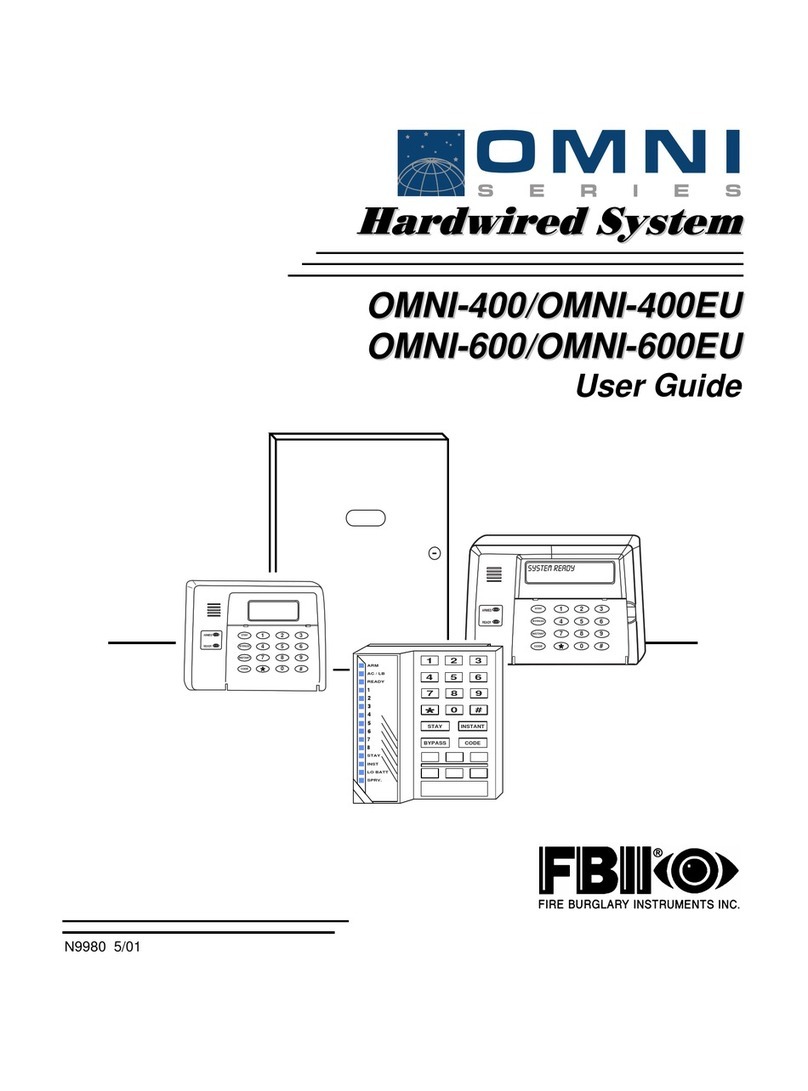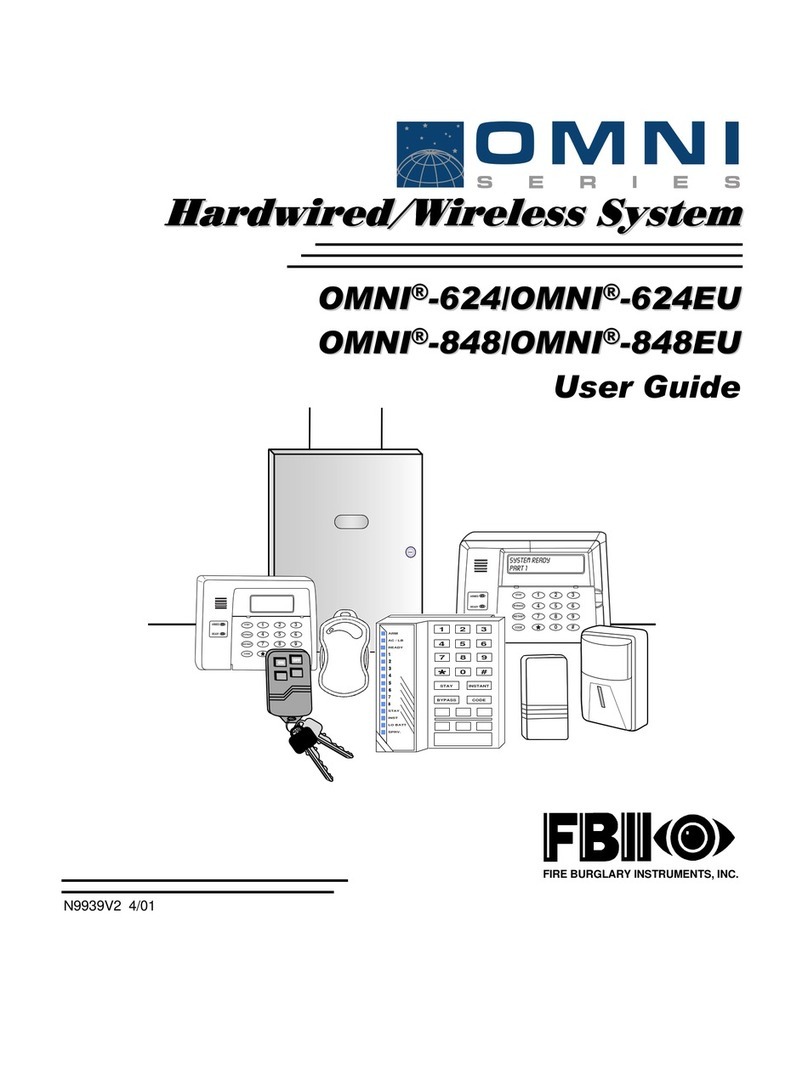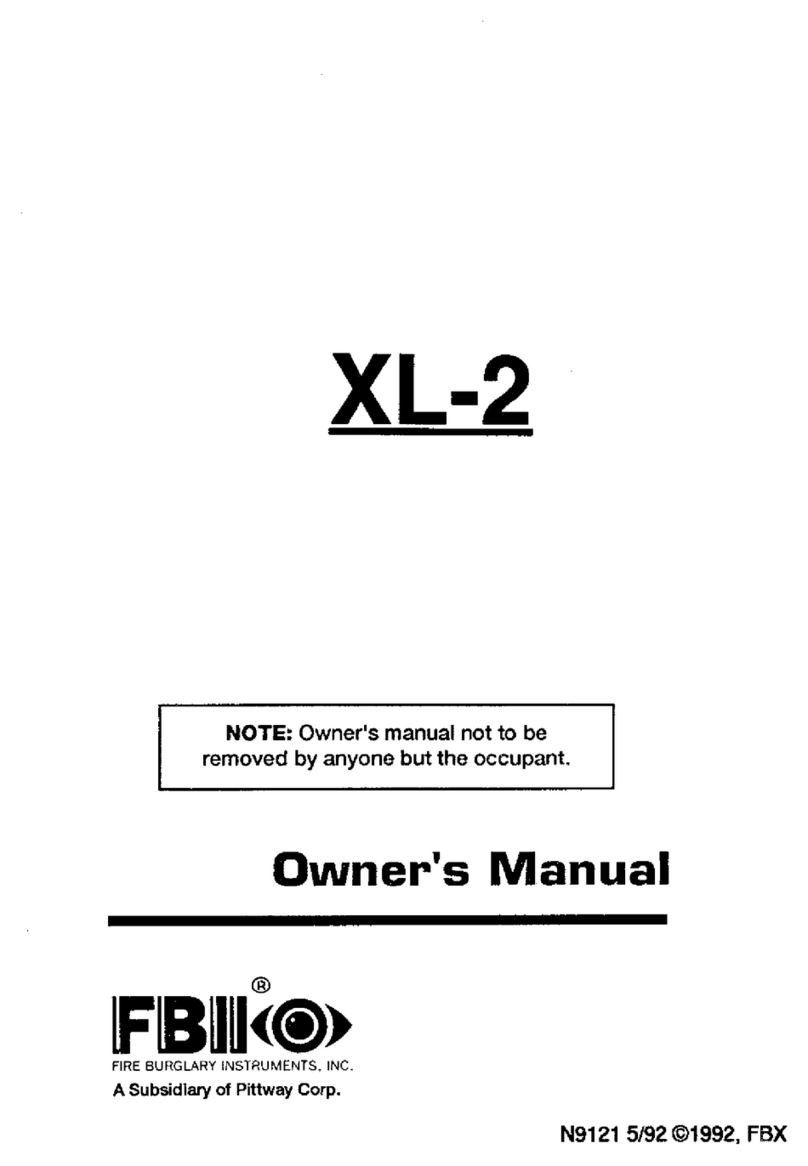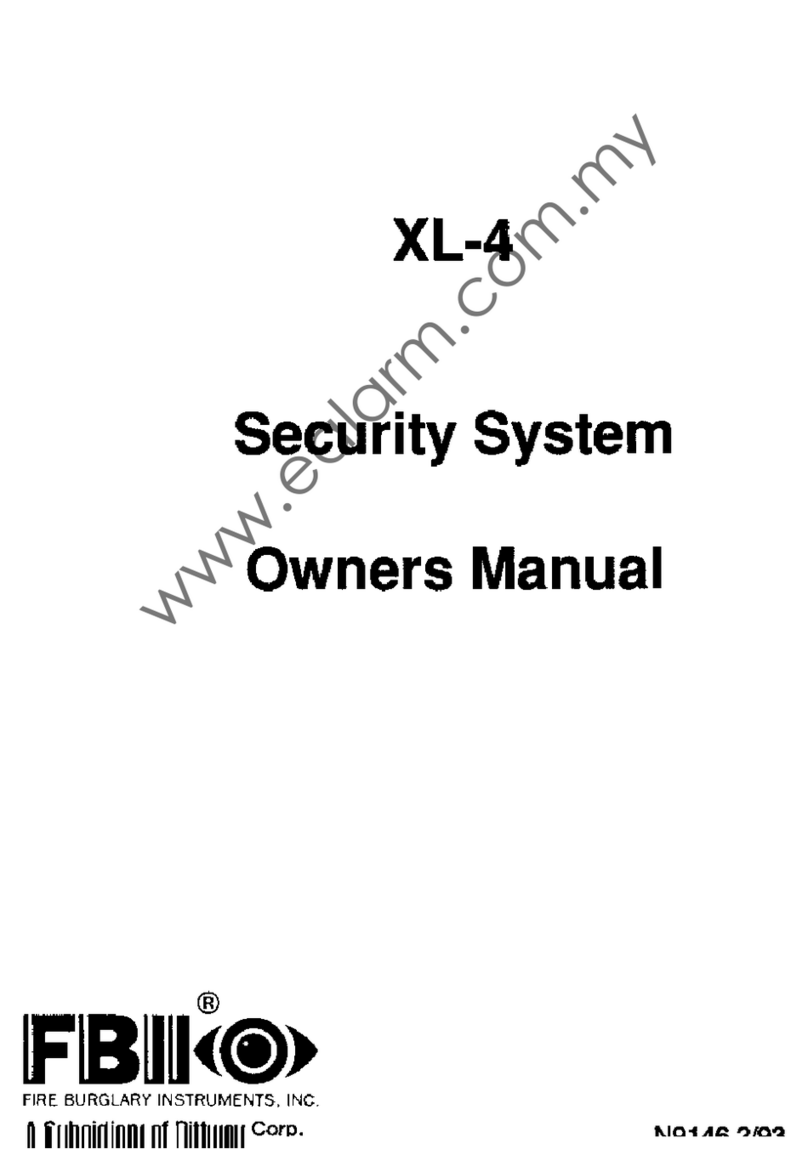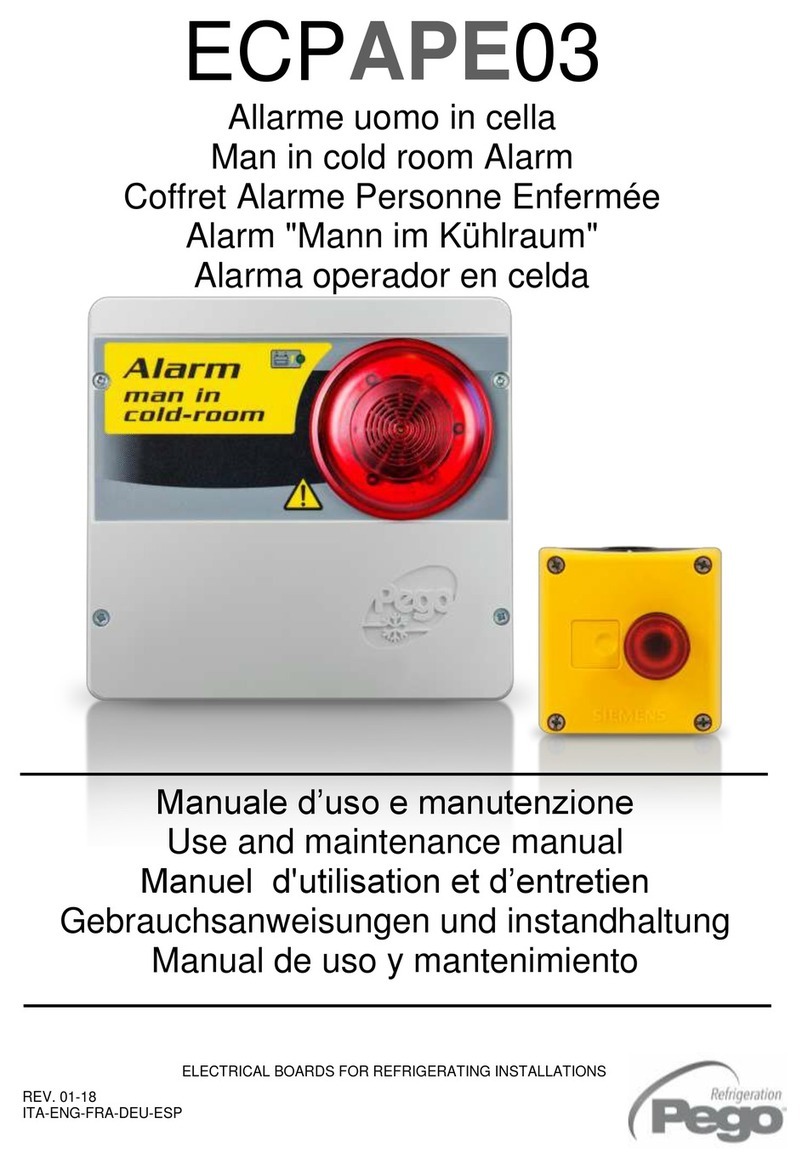
1–1
SECTION 1
Introduction
•••••••••••••••••••••••••••••••••••••••••••••••••
Features The XL-2T is a state-of-the-art microprocessor-based control/communicator. The system fea-
tures seven fully programmable zones. Programming can be performed through any of the
compatible keypads, or the system can be uploaded and downloaded remotely using the
EZMATE/COMPASS PC Downloader Software. Additionally, the software can be pro-
grammed to control remote actions, such as arming, disarming, bypassing, etc. Programming
options are stored in an Electrically Erasable Programmable Read-Only Memory (EEPROM).
The EEPROM is nonvolatile, meaning that programmed instructions will not be lost in the
event of a loss of power.
Features of the XL-2T include:
•7 zones (all fully programmable, including keyswitch)
•15 user codes (Ambush, Arm only, and Door Strike capability)
•Pager formatting capability
•Keypad programming and remote programming via PC and modem
•Upload/download and remote commands with answering machine override capability
•3 methods of uploading/downloading: PC operator-initiated, unattended
downloading, and on-line downloading
•Optional built-in 2-tone siren driver or conventional bell output
•Auto arming at a specific time of day with capability to arm in either Away, Stay, or
Instant mode
•Dual-entry timers
•78-event history log (alarms, troubles, low battery, bypasses, Central Station (CS) test,
openings, and closings)
•3 emergency keypad conditions (panic, fire, and auxiliary)
•2 programmable trigger outputs
•Real-time clock (displays time and date via LCD keypad) with reminder when clock needs
to be set
•CS Test timer by event, time, or both (1 hour, 1, 7, 27, 60, 90 days)
•Customer control of Chime mode
•Quick Arming, Quick Bypass, and Quick Force Arming
•CS reporting by zone
•False alarm prevention features: Cross Zone, Exit Error, Recent Close, Swinger Shutdown
Cancel Code, and System Stabilization during power-up
•Arming by keyswitch in Away or Stay mode
•Keypad tamper/lockout with optional CS reporting
•Restore transmission options: After Loop or After Bell
•Fire zone reset through keypad
•Glassbreak reset through keypad
•Bell Test, Low Battery Test, AC loss, and Communications Failure
•Input power: 12VAC, 20VA; 12VDC, 4-7AH
•Output power: 12VDC, 500mA
•Bell output power: 12VDC, 1A
•Exit delay when armed in Instant or Stay Instant mode

